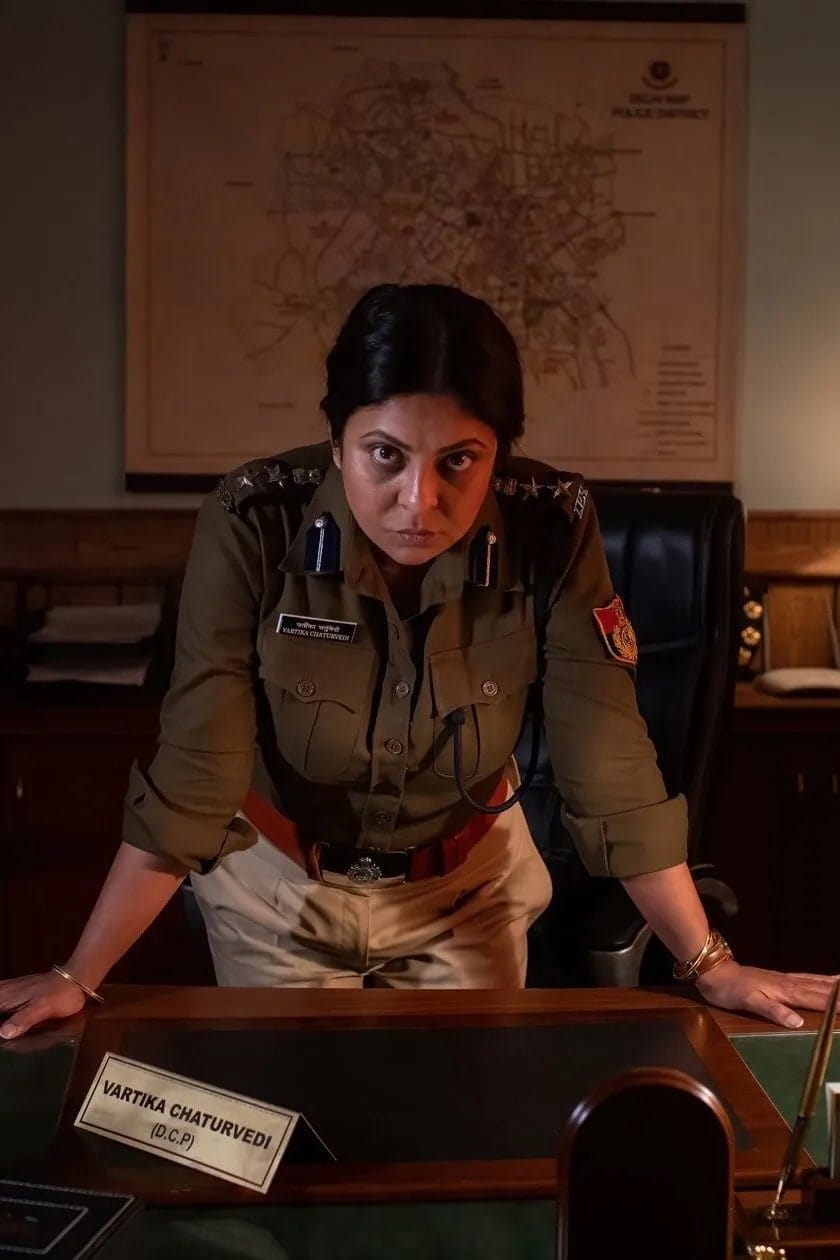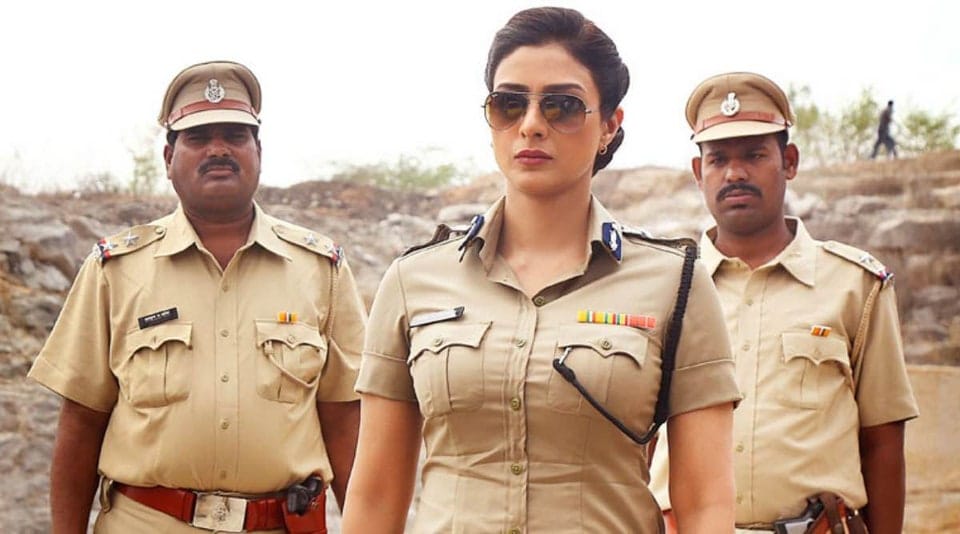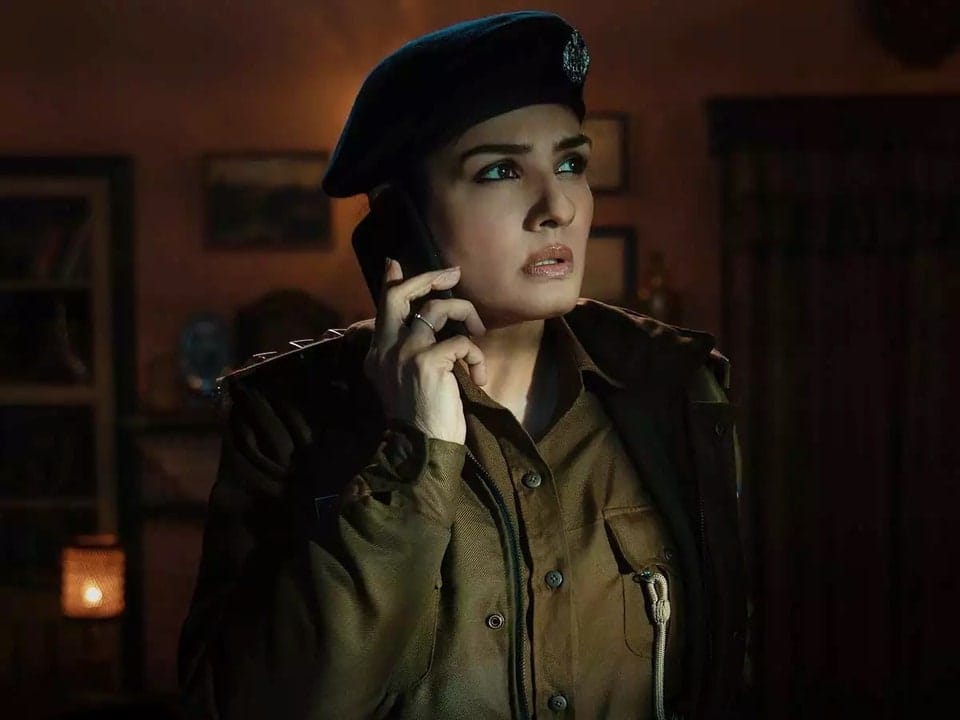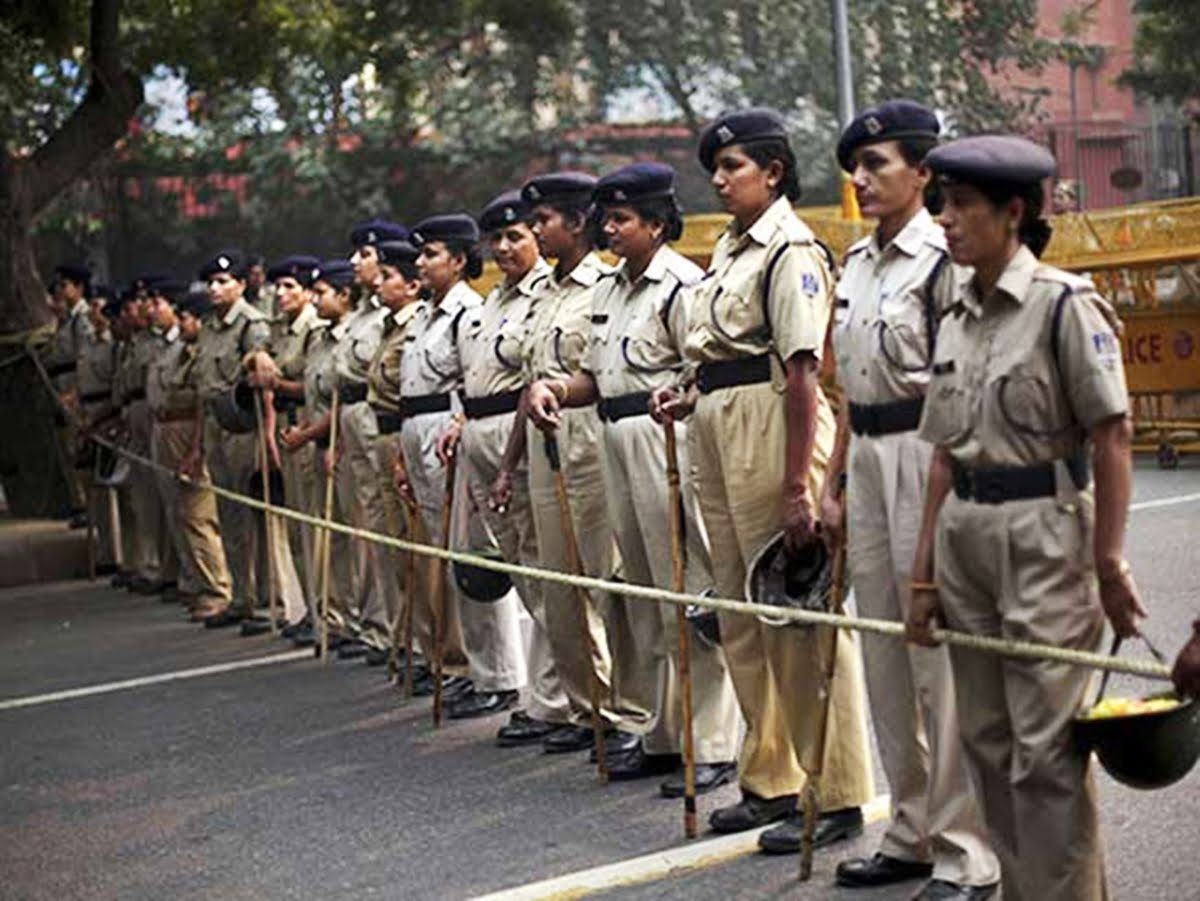On October 23rd, the Whatsapp groups of the Delhi University student body were abuzz with videos of female students being physically restrained, pulled by their hair and clothes, and dragged across the campus ground. This was the result of an altercation between student activists and the Delhi Police, acting at the behest of the DU administration.
On October 23rd, the Whatsapp groups of the Delhi University student body were abuzz with videos of female students being physically restrained, pulled by their hair and clothes, and dragged across the campus ground.
The videos prompted various reactions, discussions, and conversations among the students. On the one hand, there was a significant outcry against the treatment of female students, which drew in a large crowd of students at the scene and was later reflected in the heated reports of witnesses.
However, there was a powerful visual cue that effectively pacified this instinctive resistance. It channelled the outrage into frivolous chatter, and repressed the drive to uncover the truth behind the incident into speculation-fueled gossip.

This was the image of the guards and police officers who violently detained the female students, being women themselves.
We can perhaps understand the disarming effect of this image through what can be called the Chivalry Filter: a way of seeing that distorts material reality by refocusing the viewer’s perspective away from relations of power and towards benevolent paternalism.
Basically, it is a tactic of distraction. In the above example, the Chivalry Filter defanged the initial agitation of students seeing State authorities brutalise their fellows, instead propping up a more superficial view of the violence as a ‘women-on-women conflict.’ And women, as we all know, are gentle daughters and loving mothers, fundamentally incapable of true violence. At worst they engage in catfights, which are not to be scrutinised too deeply but simply viewed with derisive chuckles.
The Chivalry Filter is a social soft power held by male spectators, a veneer that can manifest as consideration or politeness, but cloaks deeply patriarchal notions of infantilisation and an idealisation of female delicacy. This gaze has been effectively leveraged by the State to subdue mass resistance against its violence against women, through its creation of the Female Police Officer.
The history of female crime
Policing has historically been a male-dominated field because masculinity has a monopoly on violence. Patriarchal logic glorifies aggression and physical dominance as essential traits to prove a man’s worth, while relegating the idea of ‘feminine violence’ to the realm of the absurd – inconceivable, alien, and laughable.
In early India, before the emergence of the State, the two actions deserving of punishment were crimes against bloodline and crimes against property. Man commits a crime when his desire to assert individual power and autonomy conflicts with social order. But Woman has neither individual autonomy, nor an existence in the society at large (for her domain is the home and the family). She is therefore unqualified to commit a ‘crime’ in the same manner as men.

‘Female crime’ has existed as a fundamentally different category. It is not borne out of a conflict with the public but with the private. Woman commits a crime when her sexuality conflicts with the order of the family and the morality of wifely fidelity. In the specific context of Brahmanical Patriarchy, it was eminent to control the sexuality of upper caste women both to maintain caste purity (bloodline) and to enforce the ownership rights of the husband over the wife (property).
Therefore, Female Crimes are adultery, seduction, promiscuity, prostitution – acts that violate codes of chastity and defy loyalty to the family unit, i.e., to the Patriarch. Additionally, because Female Crime is committed against the honour of the Patriarch (as opposed to the order of the State), the primary deliverance of punishment is up to the discretion of the Patriarch – slapping, beating, burning, rape.
As social structures evolved from feudalism to neoliberalism, discipline and punishment evolved as well. Today, women can be criminals too. The free marketplace of Western liberal feminism supports women’s rights and women’s wrongs.
Through this time, Brahmanical Patriarchy has also evolved into its present manifestation, the Hindutva Fascist State. Now that liberalism equal-footed its way into Female Crime, the reactionary State must devise Female Punishment. To do so, it must first contend with the ingrained chivalry that drives men to rush forward to protect a damsel in distress. Such male heroism would prove troublesome to the State’s unquestioned authority in commanding Crime and Punishment.
Fortunately, it was liberalism itself in its vociferous advocacy of identity-based representation that provided an easy solution.
To continue manufacturing consent to the State’s justice, it gave uniforms to women. It created rules requiring a female officer to hold, interrogate, and intimidate female detainees.
The image of a male officer beating a female student activist is difficult to digest. Nor can male officers be be trusted to not rape female suspects in detention. To continue manufacturing consent to the State’s justice, it gave uniforms to women. It created rules requiring a female officer to hold, interrogate, and intimidate female detainees. It gave stars to constables to slap, threaten, and point guns at sex workers. It gave lathis to female wardens to beat, pinch, and abuse female prisoners.
‘When education is not liberating, the dream of the oppressed is to become the oppressor.‘
-Paulo Freire
Before the uniform, the Female Police Officer was only a woman under Brahmanical Patriarchy. Her life, safety, and lajja were dependent on the benevolence of her Patriarch – her father and then her husband. After the uniform, her material reality remains unchanged. Her worth is still tied to her Patriarch. It is only that the State is the strongest Patriarch.
And it is this Patriarch which now gives her worth, value, purpose, respect, and identity. The instant authority that comes with the badge and the uniform is the ability to unleash the complete fury of the State. It is the ability to finally feel superior to someone, to be the one inflicting the beatings instead of receiving them.

This is justified for it is a righteous violence, and for the Hindutva Fascist State, it is holy violence. This is the same violence that killed Kanchan Nannaware and assassinated Gauri Lankesh. It is the violence that protects the rapists of Bilkis Bano and Asifa. It is the violence that labels Adivasi women defending their lives and their lands as the terrorists, even as its armies rape the women of Kashmir, Manipur, and Bastar.
The invention of the Female Police Officer is not so much an evolution of feminism as of public relations. She only provides the palatable public face to soothe the public’s anxieties about the kind of justice served by the State. But her real job is to stand witness as her male counterparts coerce witnesses, her male superiors rape the women in their custody, and her the Hindutva Fascist Patriarch kills revolutionary feminists. She may as well be the well-behaved woman of the home, who quietly watches as the man of the house abuses her sister, her daughter, or her mother.
The limitations of identity politics
The Female Cop is the ultimate manifestation of the deficiencies of identity-based representation politics.
The neoliberal world order, in its relentless pursuit to expand its market, has commodified identity itself – think Israeli military waving pride flags and corporations mass-producing resistance merch.
The neoliberal world order, in its relentless pursuit to expand its market, has commodified identity itself – think Israeli military waving pride flags and corporations mass-producing resistance merch. Identity politics plays right into its hands, effectively tying the individual’s worth to their ownership of an identity-commodity, i.e., a label to categorise oneself (a phenomenon seen quite vividly in the market of liberal, urban queer and feminist ‘collectives’).

The result is an obsessive hierarchicalising of oppressions, what the internet calls the ‘oppression olympics’, which distracts from confrontation with the material relations of power that sustain oppression.
‘Intersectionality, while useful for recognising and categorising identities, ultimately falls short of addressing the root causes of oppression. It allows for a hierarchical naming of differences but does not dismantle the structures that perpetuate these inequalities.‘
The idea that increasing the representation of women within the police will magically increase the empathy of the State’s justice is a myth propped up by gender essentialism and neoliberal individualism. A revolutionary praxis that seeks to confront the farce of the State’s justice must recognise that the Female Police Officer is not a woman, but an enforcer of State violence, and the violence of Brahmanical Patriarchy.
Make no mistake, the greatest weight of this violence will be felt by the bodies of working class women, Dalit women, Hijras, and sex workers. It is only that now it will be a woman in the uniform instead of a man.




